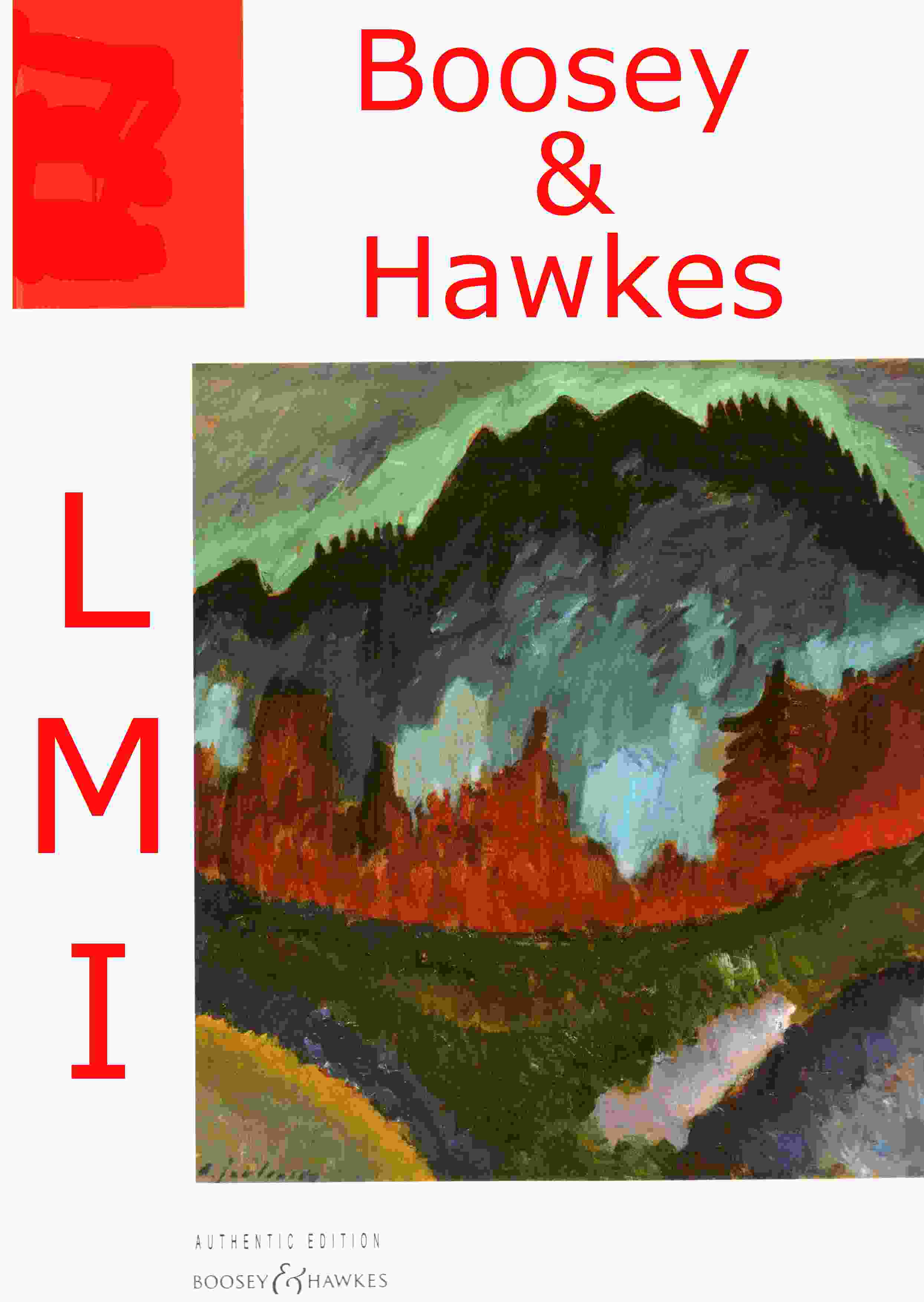Classique
Description :
It was unmistakably Liszt’s piano piece “Les jeux d’eau à la Villa d’Este” that inspired Ravel to compose one of his most famous works in 1901: “Jeux d’eau”. Laid out in sonata form, its sound is governed by myriad motions of water and sustained by innovative, highly virtuosic piano textures against a freely migrating and richly coloured harmonic backdrop. Nicolas Southon has re-evaluated the work’s many sources, including memoirs from musicians close to Ravel such as Vlado Perlemuter, Jacques Février and Hélène Jourdan-Morhange. Special attention has been devoted to the original part-writing in Ravel’s notation. Rounding off the new edition are an informative Foreword, atrilingual glossary as well as fingering and notes on performance by Ravel specialist Alexandre Tharaud. It was unmistakably Liszt’s piano piece “Les jeux d’eau à la Villa d’Este” that inspired Ravel to compose one of his most famous works in 1901: “Jeux d’eau”. Laid out in sonata form, its sound is governed by myriad motions of water and sustained by innovative, highly virtuosic piano textures against a freely migrating and richly coloured harmonic backdrop. Nicolas Southon has re-evaluated the work’s many sources, including memoirs from musicians close to Ravel such as Vlado Perlemuter, Jacques Février and Hélène Jourdan-Morhange. Special attention has been devoted to the original part-writing in Ravel’s notation. Rounding off the new edition are an informative Foreword, atrilingual glossary as well as fingering and notes on performance by Ravel specialist Alexandre Tharaud. It was unmistakably Liszt’s piano piece “Les jeux d’eau à la Villa d’Este” that inspired Ravel to compose one of his most famous works in 1901: “Jeux d’eau”. Laid out in sonata form, its sound is governed by myriad motions of water and sustained by innovative, highly virtuosic piano textures against a freely migrating and richly coloured harmonic backdrop. Nicolas Southon has re-evaluated the work’s many sources, including memoirs from musicians close to Ravel such as Vlado Perlemuter, Jacques Février and Hélène Jourdan-Morhange. Special attention has been devoted to the original part-writing in Ravel’s notation. Rounding off the new edition are an informative Foreword, atrilingual glossary as well as fingering and notes on performance by Ravel specialist Alexandre Tharaud.
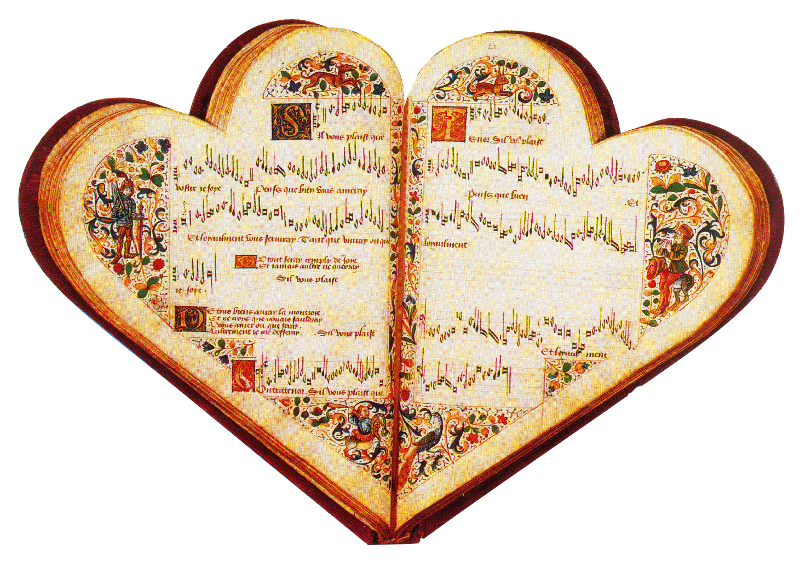

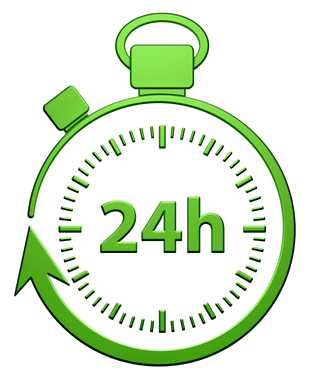
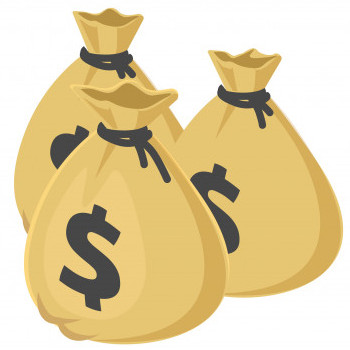 Gagnez un bon d'achat dès 50€
Gagnez un bon d'achat dès 50€
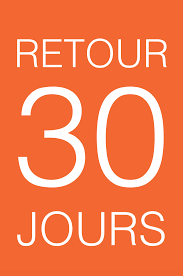 30 jours pour changer d'avis
30 jours pour changer d'avis



